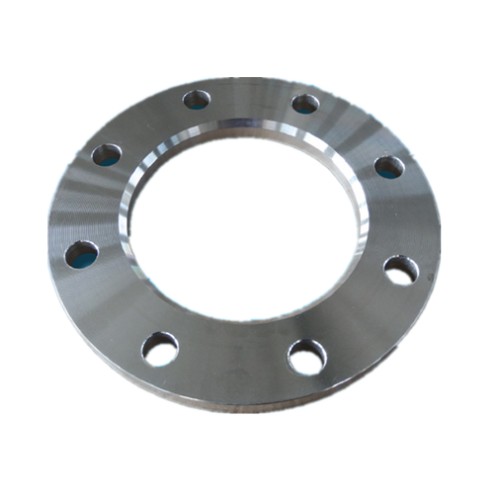butterfly valves stainless steel
The Versatility and Benefits of Stainless Steel Butterfly Valves
Butterfly valves are crucial components in many industrial applications, known for their simple construction and reliable performance. When specifically crafted from stainless steel, these valves showcase enhanced properties that make them ideal for a variety of sectors, including water treatment, oil and gas, food and beverage, and chemical processing.
What is a Butterfly Valve?
A butterfly valve is a quarter-turn valve that uses a circular disc, or butterfly, to control the flow of fluid through the pipe. When the valve handle is turned, the disc rotates on its axis and allows the flow to be fully opened or closed quickly. This quick operation, coupled with minimal pressure drop, makes butterfly valves highly efficient compared to traditional valves like gate or globe valves.
Advantages of Stainless Steel
Stainless steel is a popular material for manufacturing butterfly valves due to its outstanding properties. First and foremost, stainless steel offers exceptional resistance to corrosion, which is critical in applications involving harsh chemicals or environments. In addition to its corrosion resistance, stainless steel can withstand high temperatures and pressures, making it suitable for a range of applications—from hot water systems to steam lines.
Another significant advantage is the durability of stainless steel. Valves made from this material tend to have a longer lifespan than those made from other metals, which translates into reduced maintenance costs and less frequent replacements. This is especially beneficial in industrial settings, where downtime can mean significant financial losses.
Applications of Stainless Steel Butterfly Valves
butterfly valves stainless steel

Stainless steel butterfly valves find their application across various industries. In the food and beverage industry, for instance, the hygiene standards are paramount. Stainless steel valves are easily cleaned and do not harbor bacteria, ensuring that they comply with strict health regulations. This makes them ideal for processing and transporting potable water, juices, and other consumable liquids.
In chemical processing, the ability of stainless steel to resist corrosive substances is invaluable. Operators often deal with aggressive chemicals that could damage weaker materials. The reliability and strength of stainless steel butterfly valves ensure that these processes run smoothly without the risk of leaks or contamination.
Installation and Maintenance
Installing stainless steel butterfly valves is relatively straightforward, thanks to their lightweight and compact design. They can be installed in different orientations and environments, offering flexibility in system design. However, proper installation is crucial to prevent issues such as leakage or improper sealing.
Maintenance is also a consideration. Although stainless steel is low-maintenance, routine inspections are necessary to ensure optimal performance. Checking the seals and the functionality of the valve regularly will help to catch any issues early. Additionally, special care should be taken to ensure that the valve is not exposed to environments that could lead to localized corrosion, such as stagnant water or certain chemical interactions.
Conclusion
In conclusion, stainless steel butterfly valves combine efficiency, durability, and versatility, making them a preferred choice for various industrial applications. Their resistance to corrosion and ability to operate under demanding conditions make them invaluable assets in any system. As industries continue to advance, the importance of reliable components like stainless steel butterfly valves will undoubtedly grow, ensuring efficient and safe operations across multiple sectors.
-
The Key to Fluid Control: Exploring the Advantages of Ball Valves in Industrial SystemsNewsJul.09,2025
-
The Versatile World of 1, 2, and 3 Piece Ball ValvesNewsJul.09,2025
-
Stainless Steel Ball Valves: The Ideal Choice for Efficient Flow ControlNewsJul.09,2025
-
Optimizing Fluid Control with Ball Float ValvesNewsJul.09,2025
-
Manual Gate Valves: Essential for Control and EfficiencyNewsJul.09,2025
-
Everything You Need to Know About Butterfly ValvesNewsJul.09,2025
-
The Versatility of Wafer Type Butterfly ValvesNewsJul.08,2025




